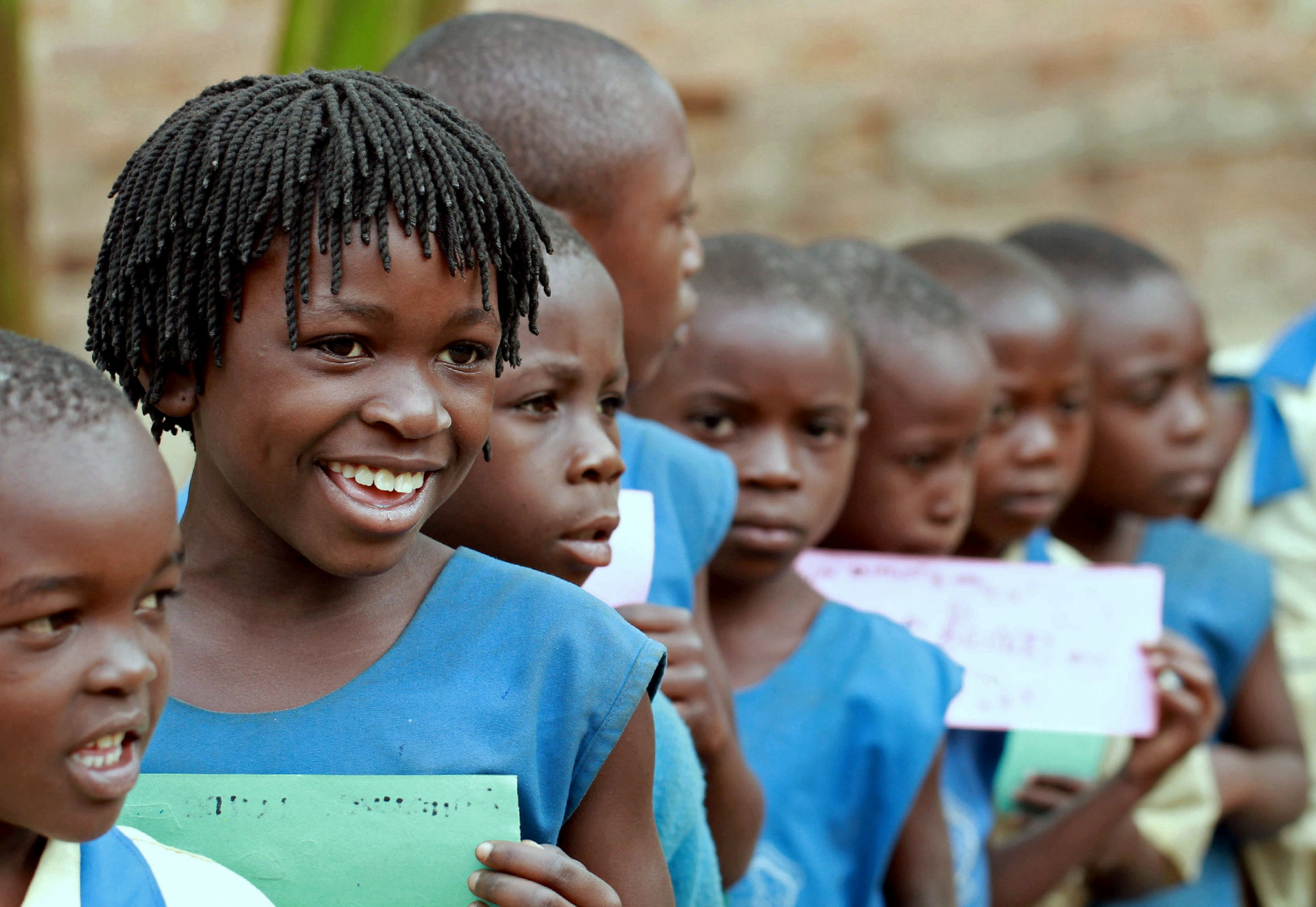An Update on Girls’ Education in Zambia
 Due to extreme poverty, girls’ education in Zambia suffers. Many Zambian girls and young women miss out on the opportunity to receive an education. With 64 percent of the population living on less than $1.25 a day, Zambia is one of the poorest countries in the world. Unfortunately, this leads to serious repercussions for the Zambian youth.
Due to extreme poverty, girls’ education in Zambia suffers. Many Zambian girls and young women miss out on the opportunity to receive an education. With 64 percent of the population living on less than $1.25 a day, Zambia is one of the poorest countries in the world. Unfortunately, this leads to serious repercussions for the Zambian youth.
Background
In fact, the Southern African Consortium for Measuring Education Quality found Zambia comes in at No. 13 out of 15 countries for literacy and numeracy. In rural areas, 27 percent of females receive no education. This is primarily due to poverty, pregnancy and early marriages.
The United Nations’ Girls’ Education Initiative found female literacy measures at 67 percent while male literacy is measured as 82 percent. This disparity holds females back in terms of economic advancement and independence from their male counterparts. The legal age for marriage in Zambia is 16. Subsequently, 46.3 percent of girls get married before the age of 18. Early marriages contribute to female dropout rates. Therefore, initiatives encouraging women to delay marriage or continue education while married can decrease dropout rates.
Calling for Change
In October 2018, Permanent Representative of Zambia Christine Kalamwina recognized girls’ education in Zambia is imperative in ensuring gender equality and economic advancement of females. In response to this, the Zambian government enacted a law mandating an equal male-female enrollment rate. This law aims to close the education gender gap. Additionally, many girls drop out of school due to menstruation. As a result, the Zambian government began distributing free sanitary towels in rural areas.
Fortunately, there are many organizations working to improve the girls’ education in Zambia. The Campaign for Female Education works with the local government to promote gender equality and child protection. They have already provided secondary scholarships for 38,168 girls in Zambia alone.
The World Bank’s International Development Association also does important work to improve girls’ education in Zambia. The Girl’s Education and Women’s Empowerment and Livelihood Project (GEWEL) helps the Zambian government decrease the rate of child marriage. To do so, they increase access to secondary school for young girls from poor families. One method include the Keep Girls in School bursary. Financial issues often force girls to drop out of school. Therefore, the KGS bursary provides the funds necessary to continue girls’ education. Similarly, the Support Women’s Livelihood program supports working-age women. It offers training, startup funds, additional savings and mentorship programs. Ultimately, GEWEL helped 20,000 in 2017 and projected they would help over 50,000 women in 2018.
– Jessica Haidet
Photo: Flickr
